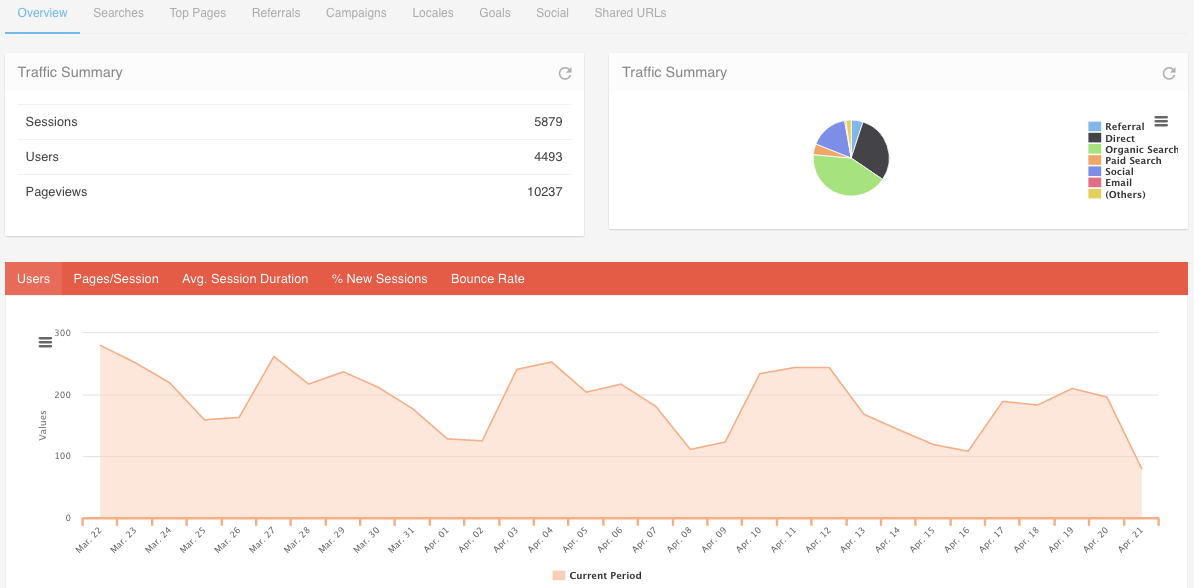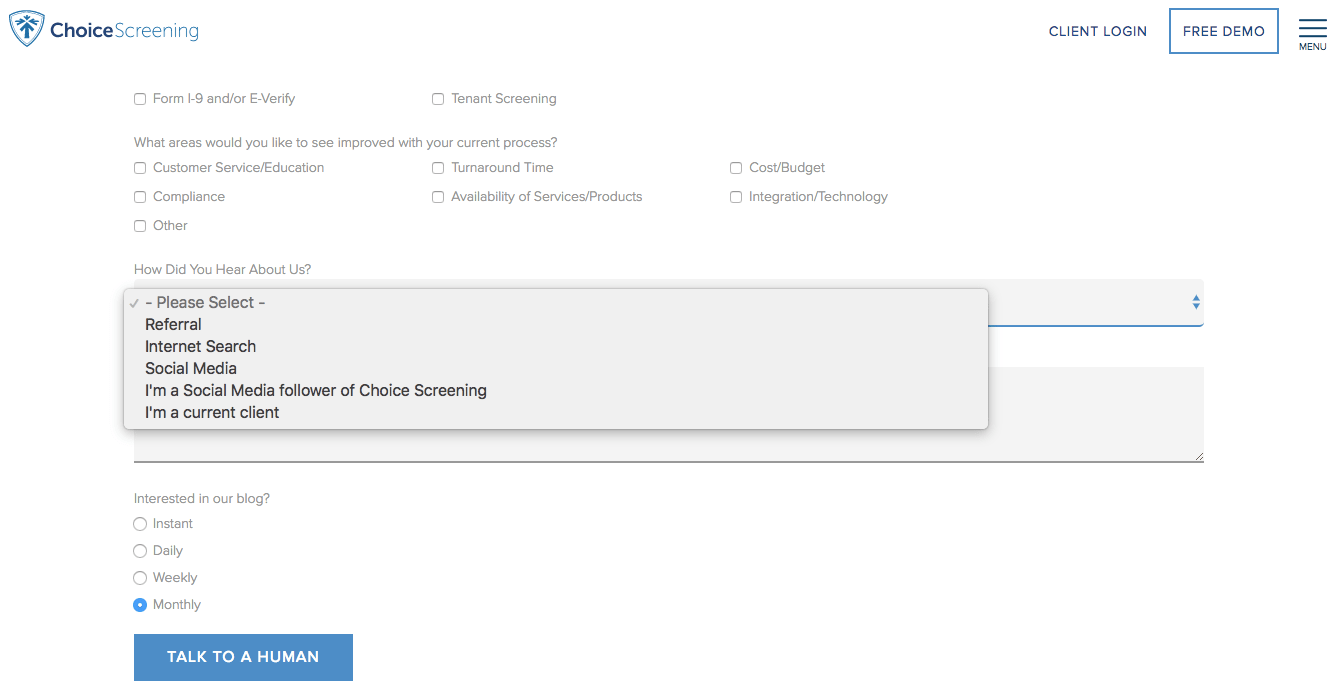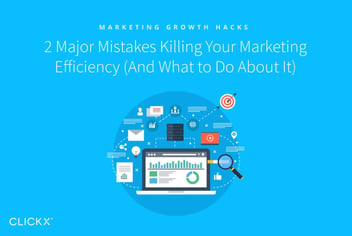Weighing Up the Costs: 3 Ways to Measure Your Business’ Web Marketing ROI
From content marketing to paid advertisements, there are many ways to market your business online. Unfortunately, not all will bring the same returns. To get the most out of your marketing budget, you need to know which of your tactics are bringing you the highest Return on Investment (ROI).
In order to find the best promotion technique for your company, you’ll need to do some tracking and measurement. Once you know where the leads are coming from and the cost of acquiring them, you’ll be better equipped to make smart spending decisions. Ultimately, you’ll be able to attract more high-quality leads without breaking the bank.
In this post, we’ll show you three ways to measure your web marketing ROI to help you evaluate the fruits of your efforts. We’ll also reveal how you can apply this information to create a better web marketing strategy. Let’s get started!

Key Takeaways:
- Not all online marketing tactics result in the same ROI.
- In order to track the return on your marketing investment, you need to know where your leads are coming from and how much each one is costing you.
- Understanding your conversion rates can give you an overall view of how many leads you’re gathering and converting into full-fledged customers.
1. Track the Sources of Your Traffic
Knowing how your visitors are getting to your website can help you better understand where your content is visible online. Moreover, tracking where your traffic is coming from enables you to see which of your promotional pathways are getting attention and bringing you leads.
Since your website is the top of your funnel, you want to bring as many visitors as possible through as many sources as you can target. Knowing which sources to focus on prevents you from wasting money on campaigns your audience isn’t responding to and allows you to allocate more funds to more successful platforms.

Thankfully, tools like Google Analytics can provide you with a breakdown of how your visitors are getting to your page. It will show you the number of visitors coming through social media, referrals, organic search, and more. You can use the Clickx App to easily track this information by accessing the Web Analytics feature.

As shown in the example above, this page will show you a pie chart depicting your traffic summary and a graph showing the number of page visits each day.
[Tweet “When you know where your traffic is coming from, you can make smarter spending decisions.”]
2. Measure Leads Per Source
Knowing which sources are bringing traffic to your website isn’t enough. Only certain people within that traffic will contact you and become leads. It’s therefore important to garner information about how many actual leads are coming from each unique source. Sometimes leads are exposed to your company through multiple channels, so it’s not always easy to get precise numbers. However, it’s still incredibly worthwhile to measure and track these figures to help gauge the success of your campaigns.
For example, if you measure the number of leads coming from your Twitter account before and after you begin paid advertisements, you can get a better understanding of how well those ads are working. Measuring this information can also help you spot promotional areas that are bringing in few or no leads, that you may be able to completely cut out of the budget.

This survey includes a question asking the lead how they heard about the company.
One of the simplest ways to gather information about where your leads are learning about your company is to survey them. If they are reaching out through a contact form on your website, you can include a question asking how they found your site, like the example above from Choice Screening. If they make contact by phone, take a minute to ask them how they heard about you and what prompted them to call.
3. Calculate Cost Per Lead
Knowing how many audience members you’re attracting to your website is important, but knowing the cost of getting them there is crucial for getting the most out of your marketing budget. Calculating your cost per lead enables you to see how much money you’re spending for each new lead you acquire.
To calculate your cost per lead, you can divide your marketing spend by the number of new leads. You can use this formula to get an overall average cost per lead (for your entire marketing budget), and you can also break it down further. The same formula will apply if you’re calculating the cost per lead for a particular source or single campaign.

Clickx can help you find your cost per lead by helping you identify the number of leads you’re gathering. When you visit the dashboard of the app, you’re presented with a graph similar to the one above. You’ll see that this presents you with the number of contacts you’ve gathered from website visitors, or your total number of leads. You can use this number and the total cost of your marketing efforts to find your overall cost per lead.
Bonus: Find Your Conversion Rate
Your website conversion rate is the percentage of individuals who come to your website and complete a designated task or action, in this case making contact so they can become a lead. This rate gives you a better perspective into how your website is affecting your ROI, because these individuals are visiting the site and willing to go a step further. It tells you whether or not your content is connecting with your target audience and if it’s strong enough to push them to connect.
Another important ratio to consider is your close rate. This tells you the percentage of leads that are converting to full-fledged customers and reveals how good you are at closing the sale.

You can clearly see these two conversion rates when you open your Clickx App dashboard. The percentage under Visits to Contacts is your website conversion rate and that under Contacts to Customers is your close ratio.
Conclusion
When it comes to creating your online marketing strategy, you want to ensure you’re not wasting money. By tracking your leads, knowing where they’re coming from, and how much each lead is costing you, you can create a better marketing strategy that saves you money and allows you to get more out of your marketing budget.
Let’s recap the four ways you can measure your business’ web marketing ROI:
- Track the source of your traffic to better understand how you’re acquiring potential customers.
- Measure the number of leads each source is bringing in.
- Calculate your cost for each lead that you acquire.
- Determine your website conversion rate and close rate to see how well your content converts and how good you are at closing the sale.
Which metric do you think will be most useful for tracking your ROI? Let us know in the comments section below!
Image credit: Giphy.



